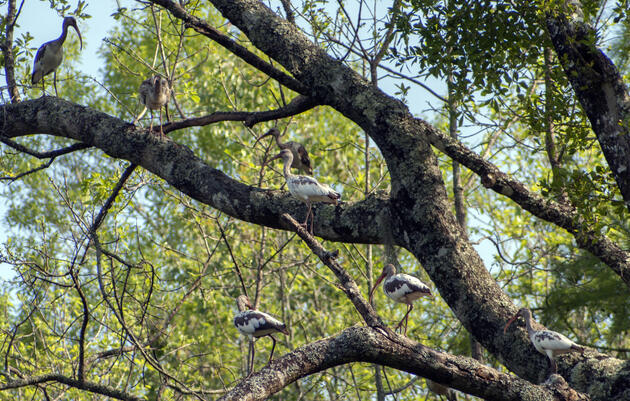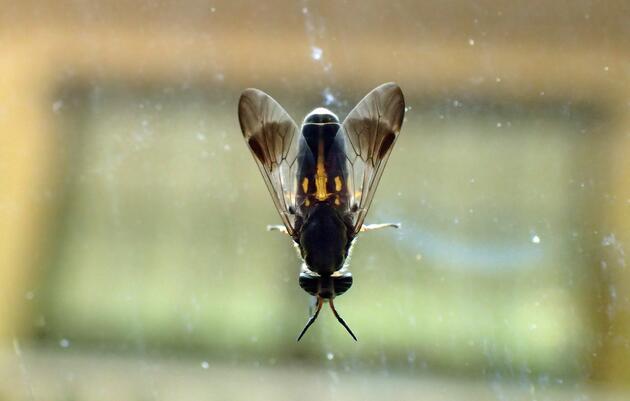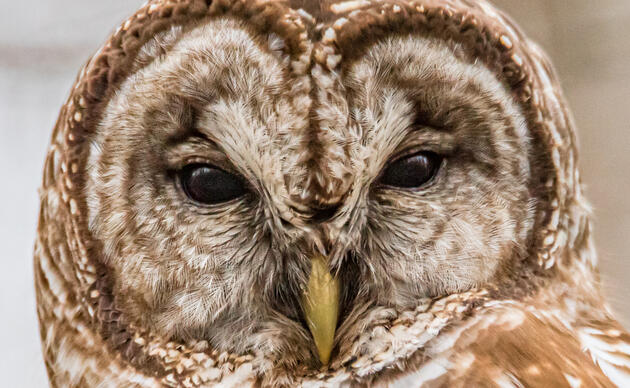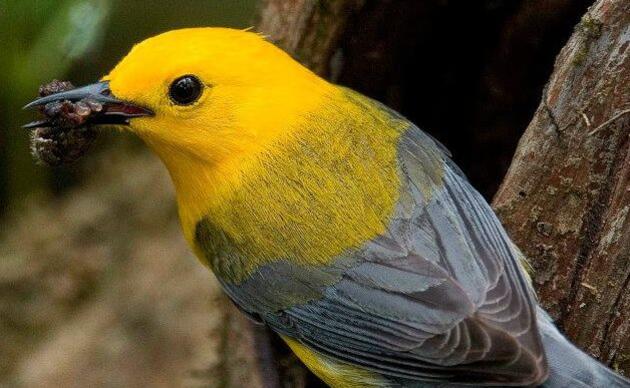If I had to use one word to describe North American River Otters, it’d be confidence. Although they can be shy around people, there is still a brazen air about them. They’ve cut underwater paths right in front of me to get to a hollow log or tree, so sure of themselves in their natural element. While kayaking I’ve even had them run behind a tree and pause there, as if they believed that I forgot all about them since they were no longer in sight. Otters are part of the weasel family and resort to a lot of the same tricks that their cousins will, and for that I’m willing to call them water weasels or water slinkies (to be fair minks in South Carolina swim readily among marshes and at Beidler there was a long-tailed weasel photographed in 2017, whom also prefers wetland edges).
Otters have a great sense of touch, similar to raccoons and opossums, using their webbed hands and whiskers to detect prey underwater. Like opossums they are nearsighted, although that’s to allow them to see better underwater as opposed to an opossum’s focus being at the end of their long and incredibly sensitive nose. Otters have many adaptations that maximize their efficiency in water while minimally impacting their effectiveness on land. For instance, their fur is so thick their skin doesn’t get wet. They also have nictitating membranes, an inner eyelid that works like goggles. Their bodies are long and streamlined, and their tail is 1/3 their body length. They are effective in their environment and they know it, so I think that contributes to their confidence.
They’re also high on the food chain, rivalling even alligators until those alligators reach a certain length. I have noticed that when otters are out, I won’t see alligators, and vice versa, but whether this is a turf war or because otters prefer to goof around in colder seasons when alligators are not active I couldn’t say. So far, I have never seen both in the same day out in the swamp even during warm winter days when the alligators rouse from their slumber.
Otters prefer catfish, but will take any fish and will also prey on smaller mammals, birds, reptiles, amphibians, crayfish… anything. The world is their oyster (our river otters don’t eat oysters, but they will sample from the abundance of large freshwater mussels that thrive in the Four Holes Swamp). Being high on the food chain also does wonders for confidence, we ourselves are a good example of that.
Did I mention they were playful? Oh yes. Play is mostly seen among the pups, a group of six pups sliding and rolling about while mother chirps at them is a fun sight to see. They bark and snuff and eat so noisily you can locate them just by sound alone. I often hear otters before I see them, so when you’re looking for them it’s important to keep both your eyes and ears on alert. Ripples with a long trail of bubbles is a tail-tell sign that there’s one moving nearby, as their fur sheds bubbles as they move. They can travel over 1,200 feet underwater, hold their breath for 4 minutes, and swim at nearly 6 knots (for perspective, the Mayflower averaged a miserable 1.7 knots, just under 2 mph).
I want to say that, based on anecdotal observation and reports from guests, that the otter presence in Beidler has increased in the last decade, which is great, it means another native critter is returning to its roots. However, I also want to say, also based on anecdotal observation, that I have seen fewer snakes and smaller turtle species sunbathing out in the open year by year as well. That shouldn’t be surprising, an increasing predator population generally means a reducing prey population, and while I liked seeing so many snakes and turtles, I understand that this how nature balances itself out. There’s nothing wrong, in time the otter/snake & turtle scale will find harmony. Just like the beaver/alligator scale did when alligators were no longer endangered, although “harmony” is probably subjective from the perspective of the beaver.
So the next time you’re at Beidler keep an eye along those channels and on top of those logs. Look for moss rubbed off the top of logs (otters rubbing), or flat piles of crushed, white shells and scales (otter scat). Listen for the sounds of quick exhales as otters surface, and gruff, flat barks as they rove about the swamp careless and free and full of confidence. They are always a treat to see.







